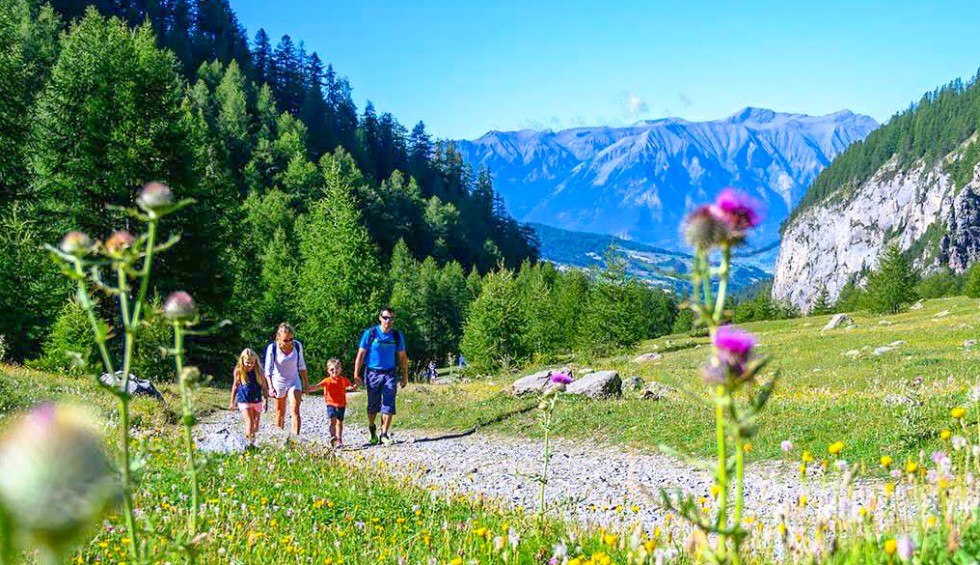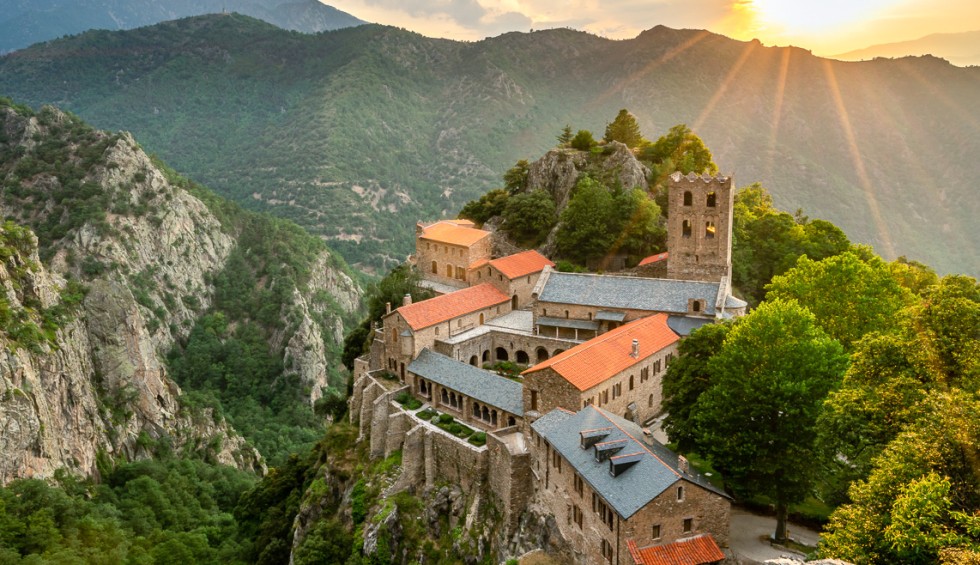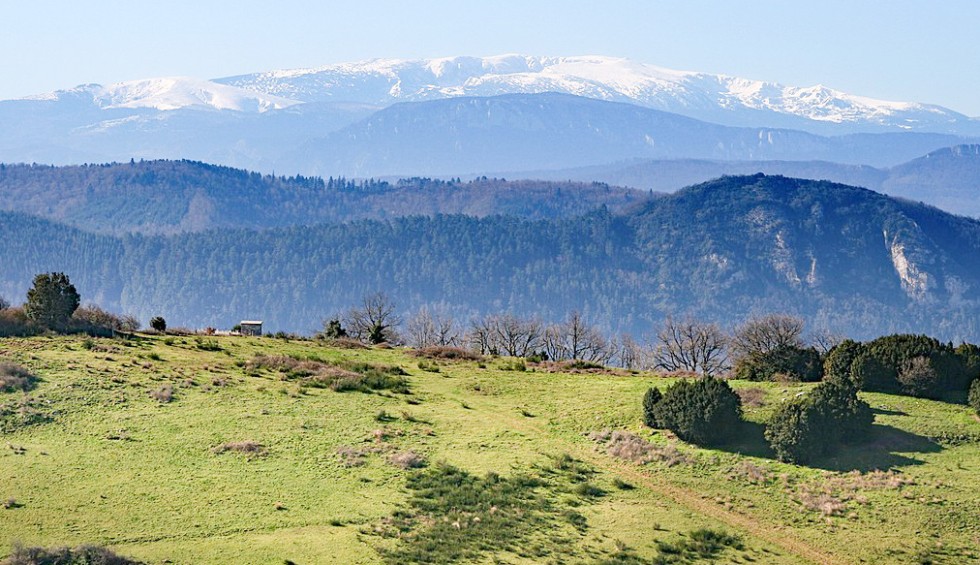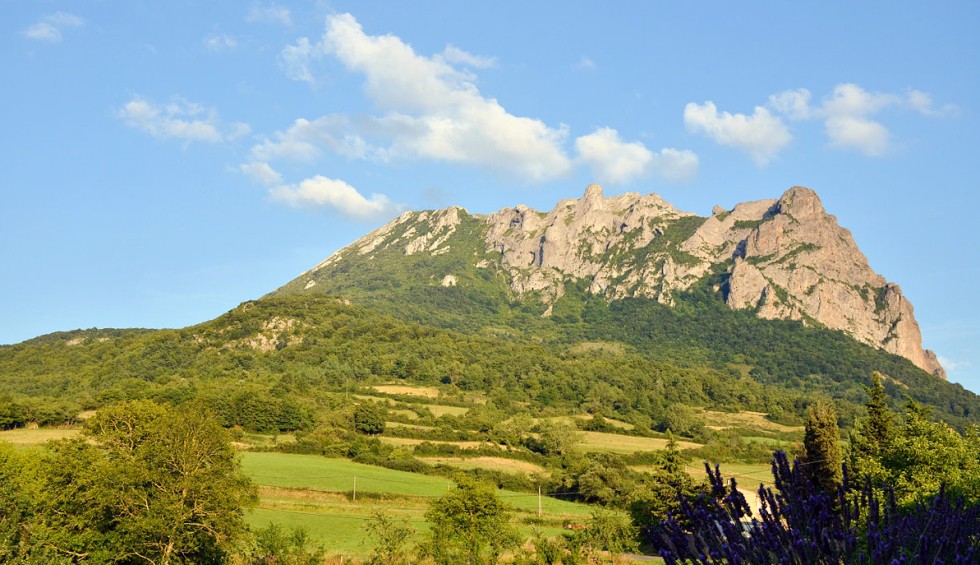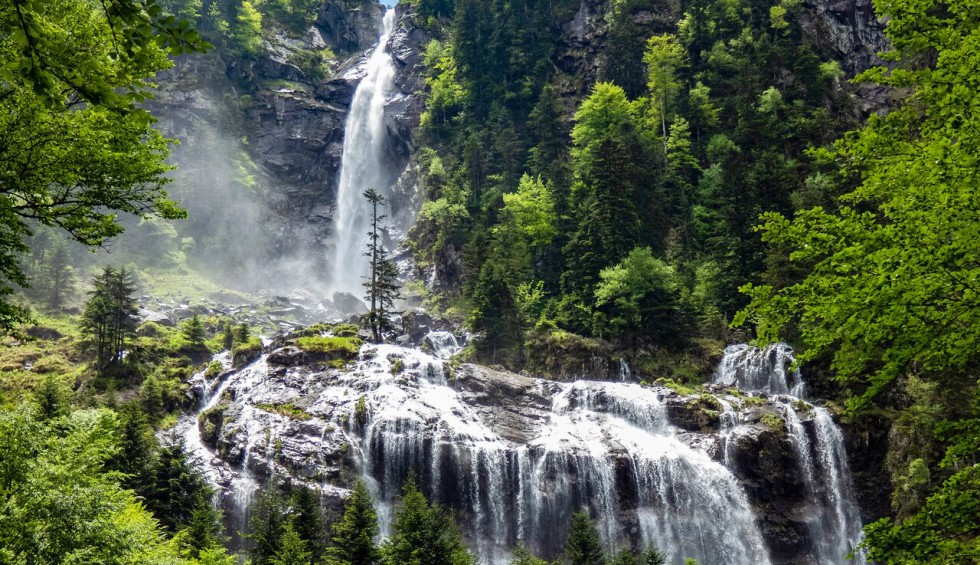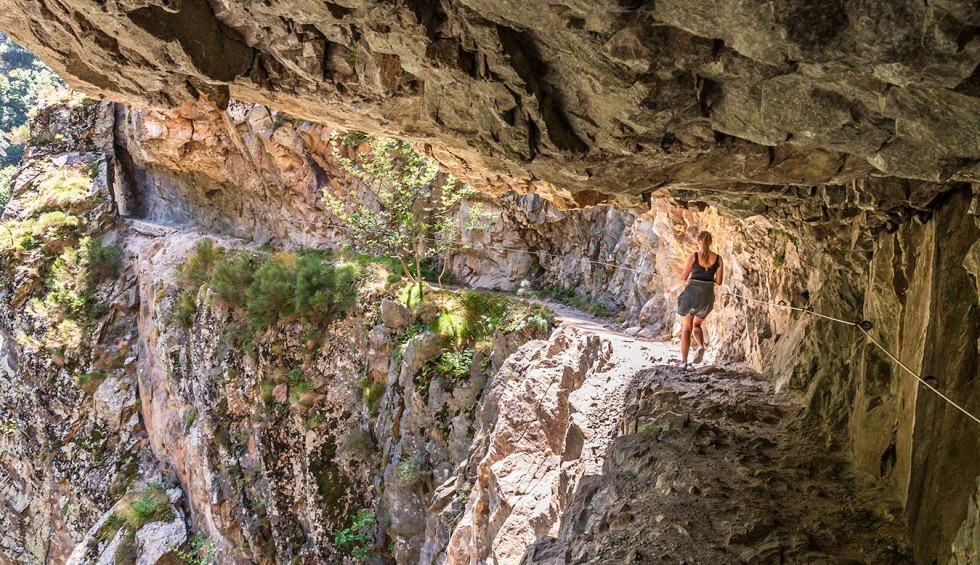From the Mediterranean Sea to Andorra
The Eastern Pyrenees drain into the Mediterranean Sea. This region is called Catalonia and lies partly in Spain and partly in France. This Mediterranean region is very popular among holiday-makers. Along the coast there are beaches, bays and numerous villages such as Port-Vendres, Banyuls and Collioure. Directly behind this varied landscape, the ground rises fairly steeply. There are many vineyards on the slopes. A short distance from the coast you’ll find the first high mountain with a height of 2784m, the Canigou. This mountain has a symbolic significance for the Catalans. For this reason, hiking tours to the top are organized where you can spend a night in a mountain hut. Other peaks in the area are the Pic de Carlit, the Pic de Madrès and a little further north the Pic de Bugarach, the highest mountain in the Corbières.

